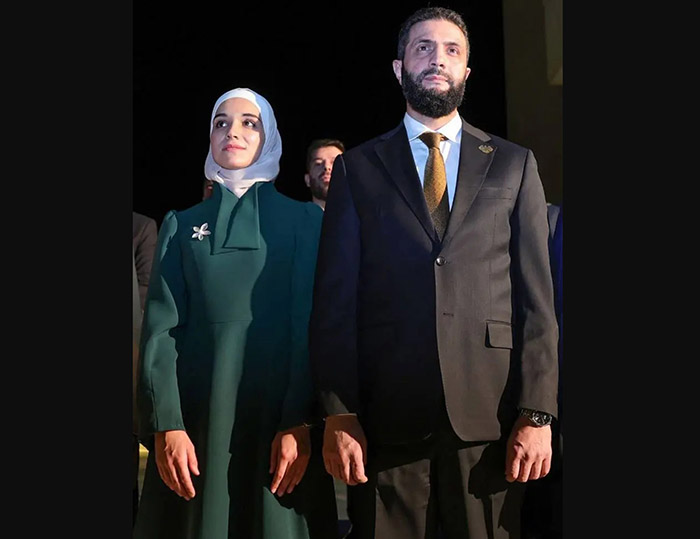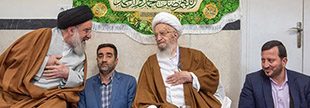The eagle unveiled on Saturday is not entirely new in form — the bird has long been used as a symbol of Syrian sovereignty, dating back to the founding of the United Arab Republic in 1958. But the emblem introduced by al-Sharaa differs in several meaningful ways.
According to an official statement from SANA (Syrian Arab News Agency), the golden eagle is now oriented upright, with wings held horizontally — “neither aggressive nor submissive,” the agency emphasized, “but balanced.” The wings bear seven feathers each, symbolizing Syria’s 14 provinces, including the war-scarred regions of Aleppo, Idlib, and Raqqa, which have seen some of the worst violence during the civil war.
Above the eagle’s head, three stars shimmer — an intentional break from the two stars featured on the flag of the former Syrian Arab Republic under Baathist rule. Al-Sharaa stated that these stars “represent freedom, the dream of every Syrian child, man, and woman.”
The tail feathers, five in total, symbolize Syria’s five geographic regions: north, east, west, south, and center. In a country as topographically and ethnically diverse as Syria — from the coastal Alawite regions of Latakia to the Kurdish-majority northeast and the Druze mountains in the south — this design choice resonates with a message of inclusive governance.The emblem’s chest, once adorned with the old Syrian flag wrapped by wheat stalks, is now bare — an empty shield. When asked about the meaning, a spokesperson for the Presidential Office stated, “The empty shield represents the beginning of a new history, yet to be written by the Syrian people themselves.”

